Diabetes. For many, this is initially a shock diagnosis, because the disease diabetes mellitus is associated with insulin, a sugar-free diet and strict blood sugar controls. The worst thing for many is the feared loss of quality of life, because suddenly everything that tastes good seems unsuitable. But is that really the case? Does my diagnosis mean that I suddenly have to give up everything that contains starch, sugar or carbohydrates in general? The answer is no!
Today we want to start clearing up the nutritional myths around the topic of diabetes, show what great alternatives there are and how it is even possible to lower the blood sugar level in a natural way with the right food – already at breakfast.
What can cause diabetes?
Diabetes is not a disease that suddenly appears out of nowhere. Most of the time, anyway. Diabetes is divided into two types: Diabetes type 1 and diabetes type 2. Both forms show similar symptoms and progression but differ in their cause.
Diabetes typ 1
People with type 1 diabetes suffer from an autoimmune disease that causes the beta cells of the pancreas not to produce insulin. This defect is usually congenital and requires a continuous supply of insulin.
Diabetes typ 2
If someone gets ill with type 2 diabetes mellitus, it is often the result of excess nutrition and overweight. Older people often develop the so-called “adult-onset diabetes”.
The astonishing thing is: Through a healthy diet and exercise a diabetes type 2 can regress!
Blood sugar levels – what is normal?
| Blood sugar (fasting) | Blood sugar (2h after meal) | |
| Normal value (adults) | 100 mg/dl (5,6 mmol/l) | 140 mg/dl (7,8 mmol/l) |
| Prediabetic value | ≥ 100 mg/dl (5,6 mmol/l) | ≥ 140 mg/dl (7,8 mmol/l) |
| Diabetic value | ≥ 110 mg/dl (6,1 mmol/l) | ≥ 200mg/dl (11,1 mmol/l) |
Source: Lexikon der Krankheiten und Untersuchungen, 2. Auflage, 2008, Thieme Verlag, Stuttgart, S. 235
The normal blood sugar value of a person is a maximum of 100 milligrams (mg) of glucose per decilitre (dl) of blood. This value represents the threshold that healthy people don’t exceed in a fasting state. After a meal, it is natural for the blood sugar level to rise because the carbohydrates from food need insulin to be metabolized by the body. Diabetes becomes apparent from a blood sugar level of 110mg/dl glucose in the blood.
Diabetes diagnosis: What can I eat?
Don’t worry – a diagnosis of diabetes in no way means that you can’t enjoy a good meal anymore. Many believe that carbohydrates should be avoided completely. Here is a brief insight into the world of carbohydrates:
Why carbohydrates are better than their reputation
Until a few years ago so-called “diabetic products” existed on the market, but these have now been legally removed from the stores. Meanwhile the same principles of healthy nutrition apply to diabetics as they do to everyone else: what is best is a completely mixed diet. These include above all dietary fibres and high-quality carbohydrates. These are found in wholemeal products (e.g. wholemeal flour), vegetables and fruit, but also in cereal flakes such as oat flakes. Some dietary fibres are not digested. Thus, they fill the stomach, but do not provide energy.
So, if we were to live on fibre alone, we would not have enough energy. That is why the complex carbohydrates are so important. They supply us with energy – not too fast and not too slow.
We all know the effect of glucose. It provides us with an energy boost after only a short time, as the sugar passes into the blood incredibly quickly. The disadvantage is that it is also used up very fast. Similar to pouring gasoline on a fire.
Therefore, simple carbohydrates such as glucose are not suitable for providing the body with energy in the long term. This is where the complex carbohydrates come into play. Complex carbohydrates cause blood sugar levels to rise slowly and fall slowly, thus preventing food cravings. Those who start their day with a healthy breakfast in the form of long-chain carbohydrates create the best basis for a balanced blood sugar level, constant concentration and performance. This recommendation for carbohydrates also applies to diabetics.
What should I rather not eat if I have diabetes?
Especially when a diabetes disease is accompanied by overweight, it makes sense to avoid foods that have a high fat, sugar and salt content and are also highly processed. The principles of healthy eating must be taken seriously here too. Also, alcohol should not be underestimated. Liqueurs and cocktails, for example, have a high sugar content, which can cause the blood sugar level to rise very quickly. By the way, 1g alcohol has almost as many calories as 1g fat!
Which foods naturally lower blood sugar?
Does it always have to be medication? Or are there possibly also natural ways to influence the blood sugar level? Especially when a diabetes disease is just beginning to develop, blood sugar-lowering foods can be useful to avert an illness.
Beta-glucans in food – the secret tip from science
Recent studies show that a certain fibre has a particularly good effect on the risk of diabetes: beta-glucans from oats! They are indigestible dietary fibres that have many positive properties: The blood sugar level is regulated, the feeling of satiety sets in earlier, the cholesterol level in the blood is reduced and the immune system is activated. A true super nutrient!
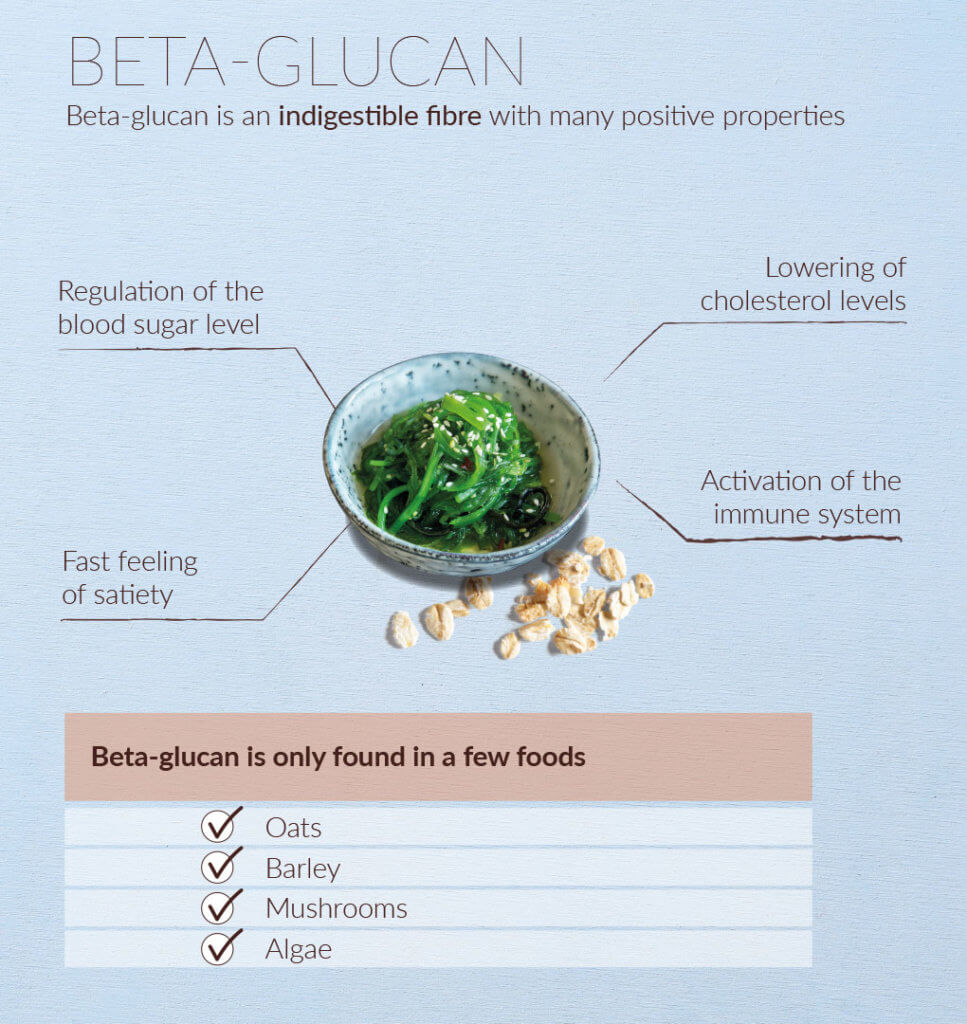
Beta-glucans are only found in very few foods. Oats is the cereal that contains the most beta-glucans. And it does not matter what form the oats have. Both crispy oat flakes and the classic oatmeal or the porridge, which is particularly popular in England, are ideal for absorbing the amount of beta-glucans that provide a positive benefit.

Besides oats, beta-glucans are also found in barley, mushrooms and algae.
Using the glycemic index as a guide
Wouldn’t it be great if there were foods that indicated how they affect blood sugar levels? There are! This is what the glycemic index does. The glycemic index indicates how quickly the carbohydrates from food pass into the blood. The faster this happens, the faster the blood sugar level rises. Conversely, eating foods with a low glycemic index means that the blood sugar level only rises slowly. Those who continuously eat this category of “glyx”-low food can thus lower their blood sugar level in the long term. This is the theory of the advocates of the “glyx” diet.
Movement and the influence on blood sugar levels
The movement aspect should also not be underestimated with regard to the blood sugar level. As soon as we exert ourselves physically, we use up energy. If the energy of the muscles is no longer sufficient (for example when cycling), glucose from the blood is used to provide new energy. This way the blood sugar level drops quite naturally.
An oat diet as detox
You want to put the tips into practice now? Our practical tip “oat diet” is also recommended for all non-diabetics. If you want to get your bowels going and at the same time rebalance your insulin production, start the day with our oat breakfast:
Your 10-day detox oat diet:
- 20g oat flakes (e.g. organic oat flakes from Verival)
- 30g oat bran (e.g. organic oat bran from Verival)
- 10g walnuts (e.g. organic walnuts from Verival)
- 1 handful of berries
- 100-150ml almond milk
- 1 glass of still water for afterwards
And after the diet? Click through our breakfast world and discover your new favourite muesli!
Recommended articles








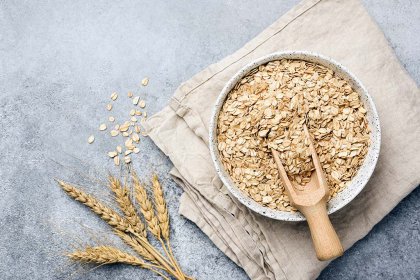
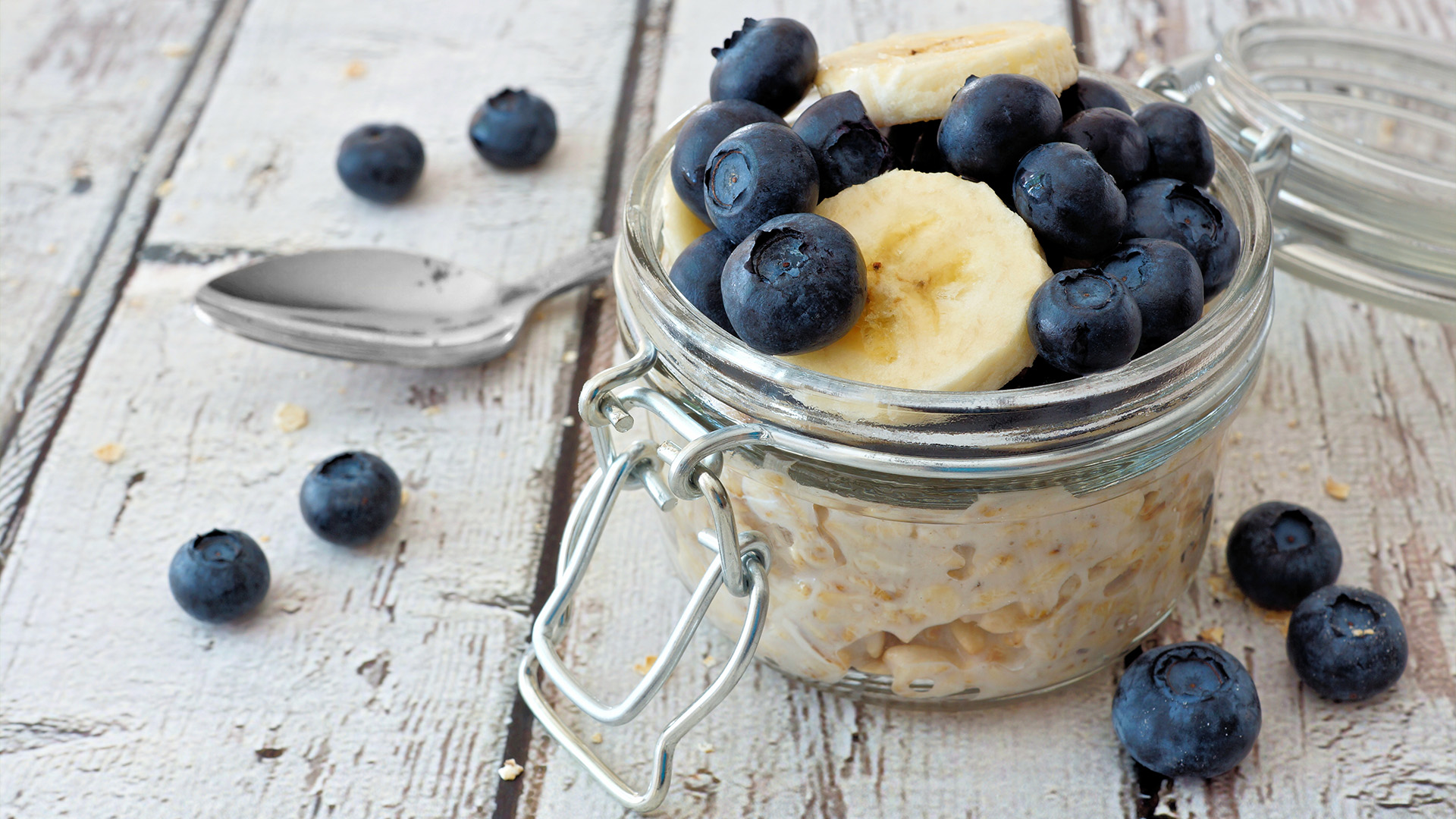
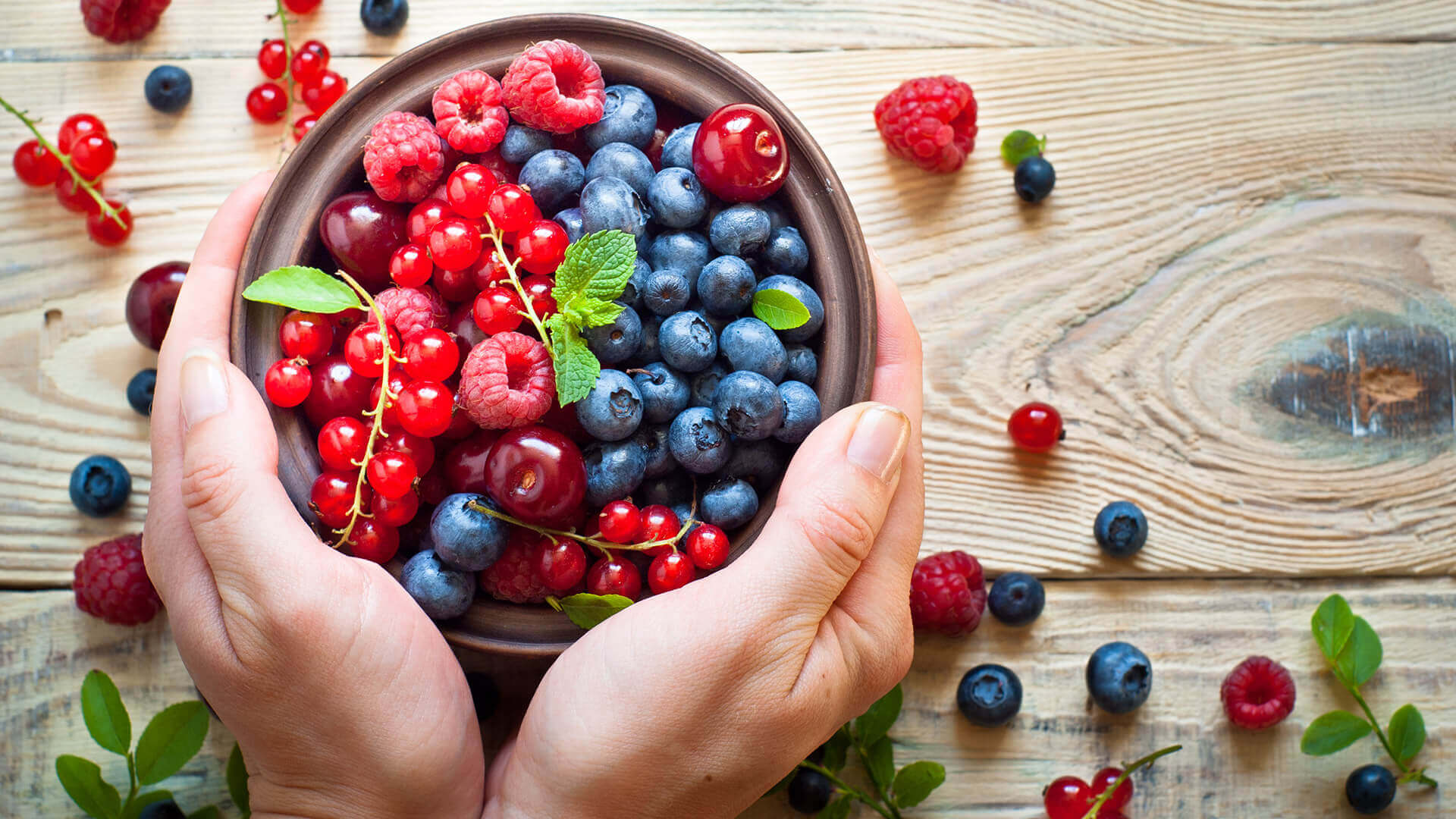
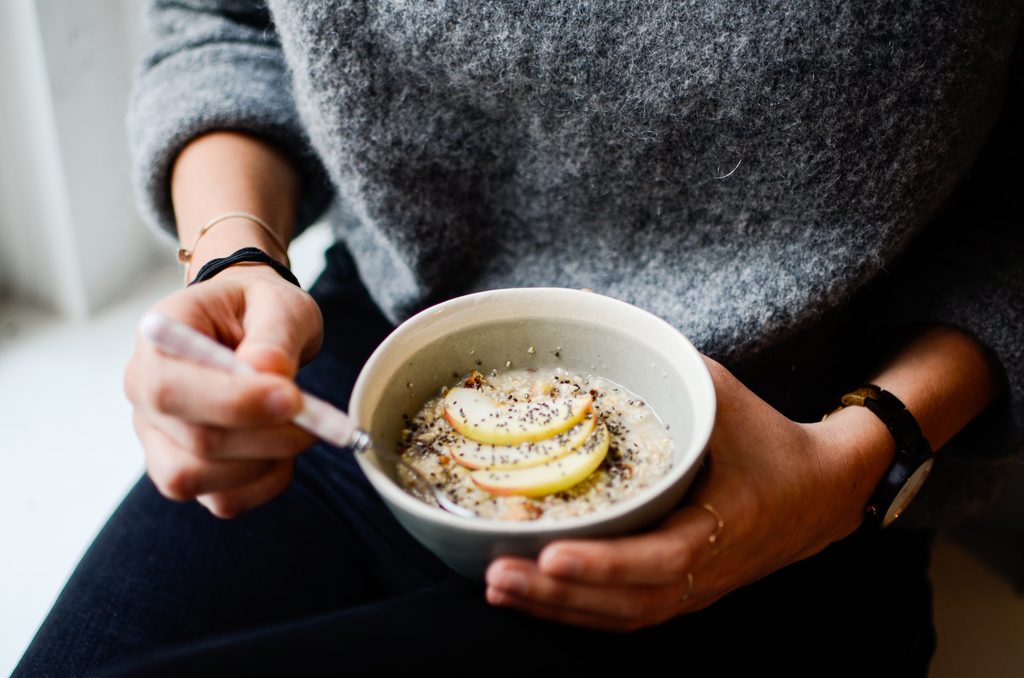

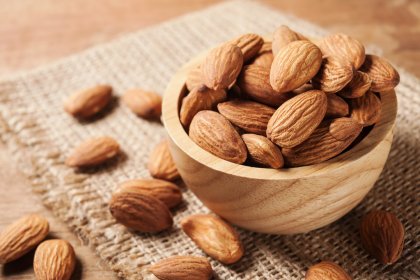
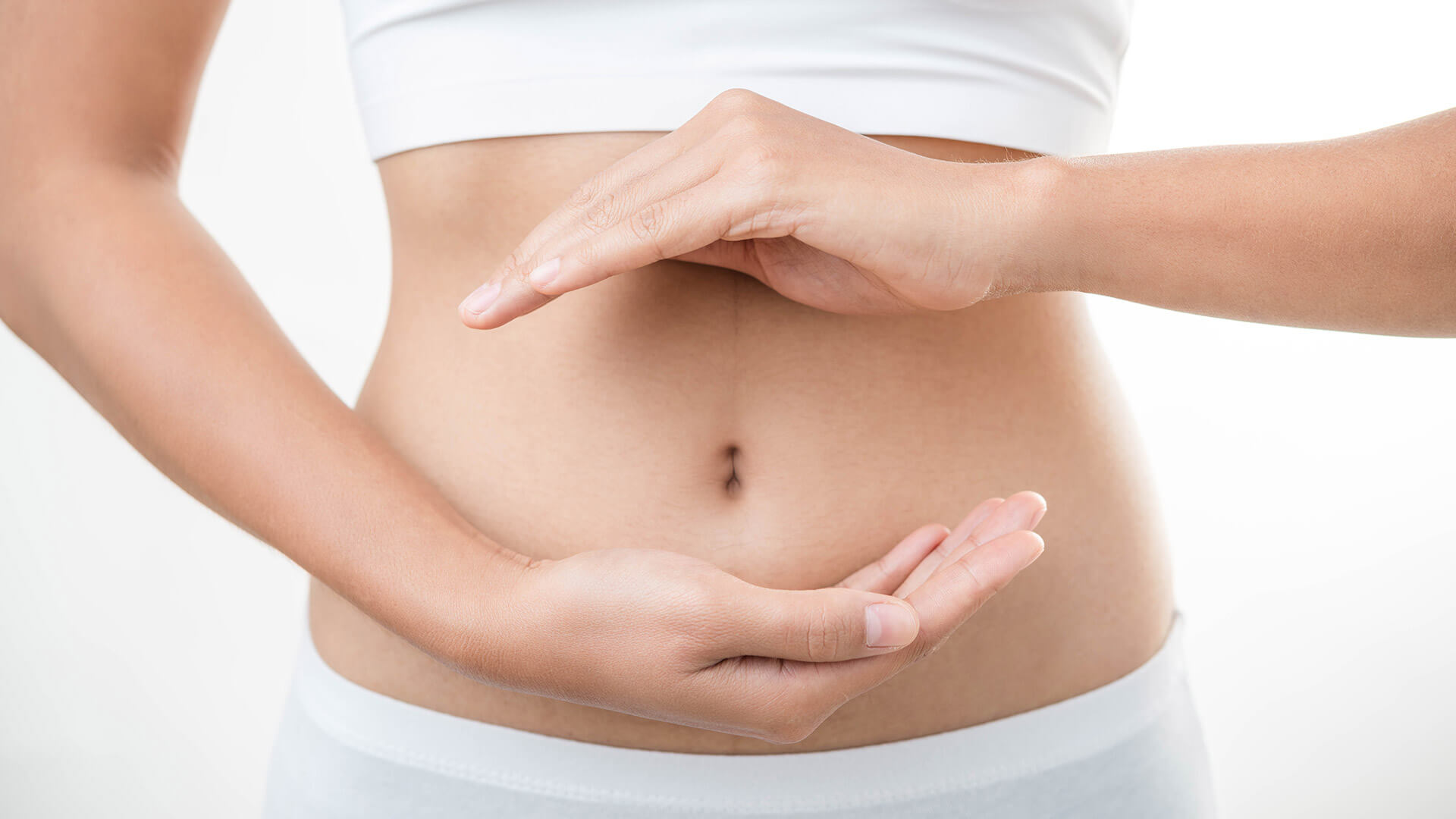
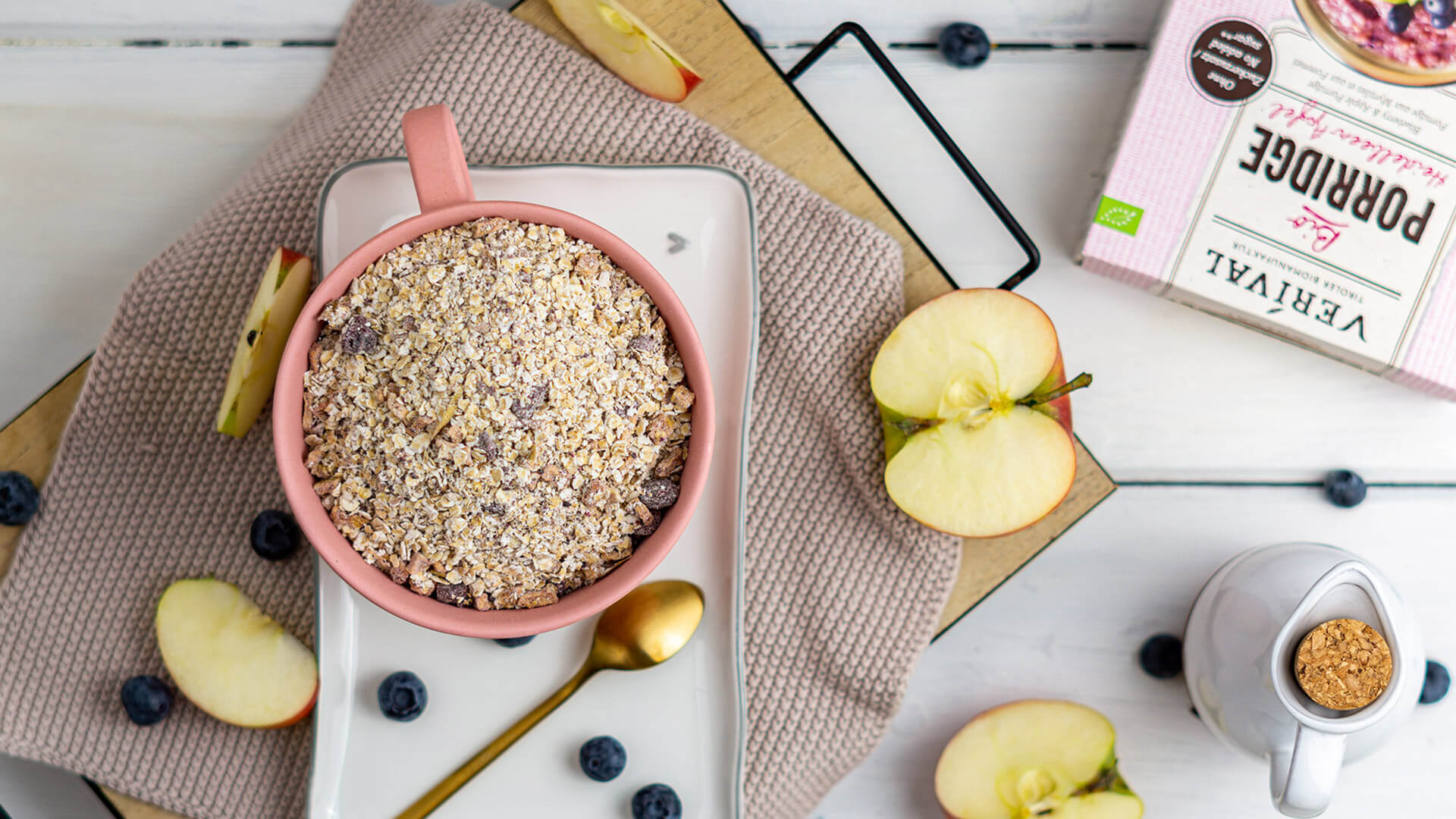
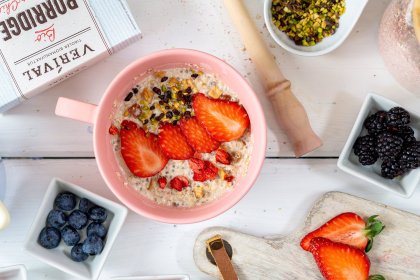
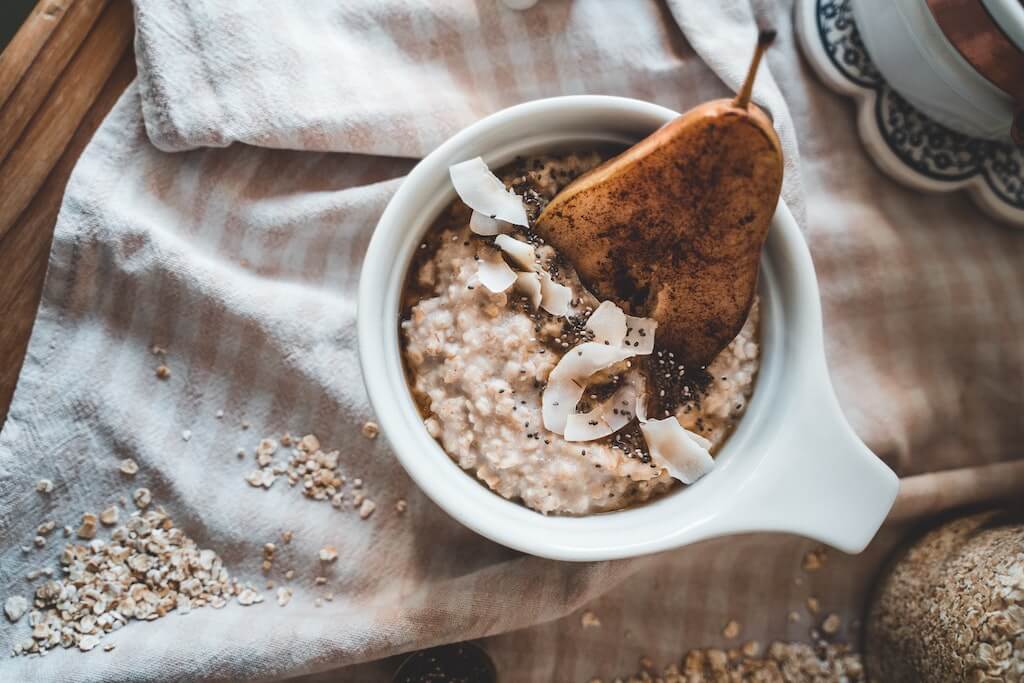
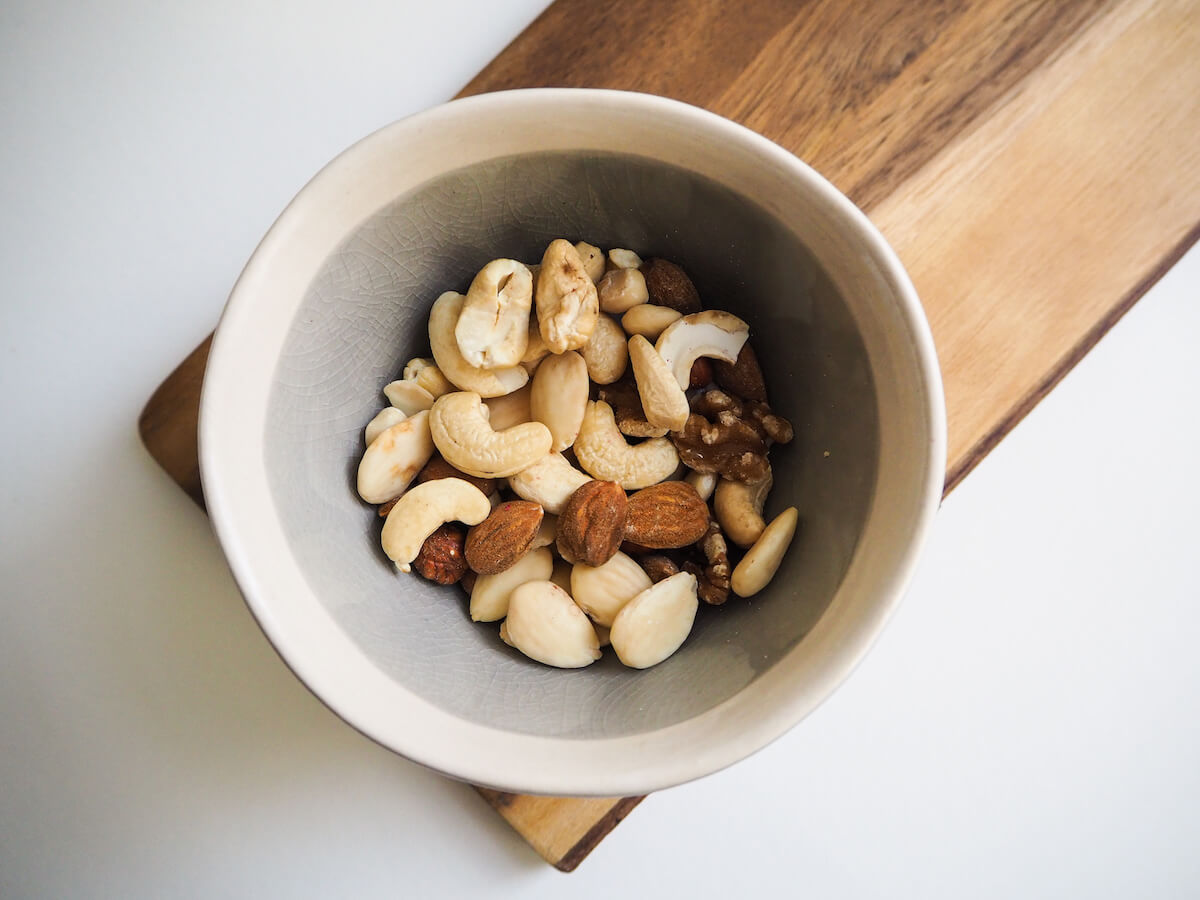

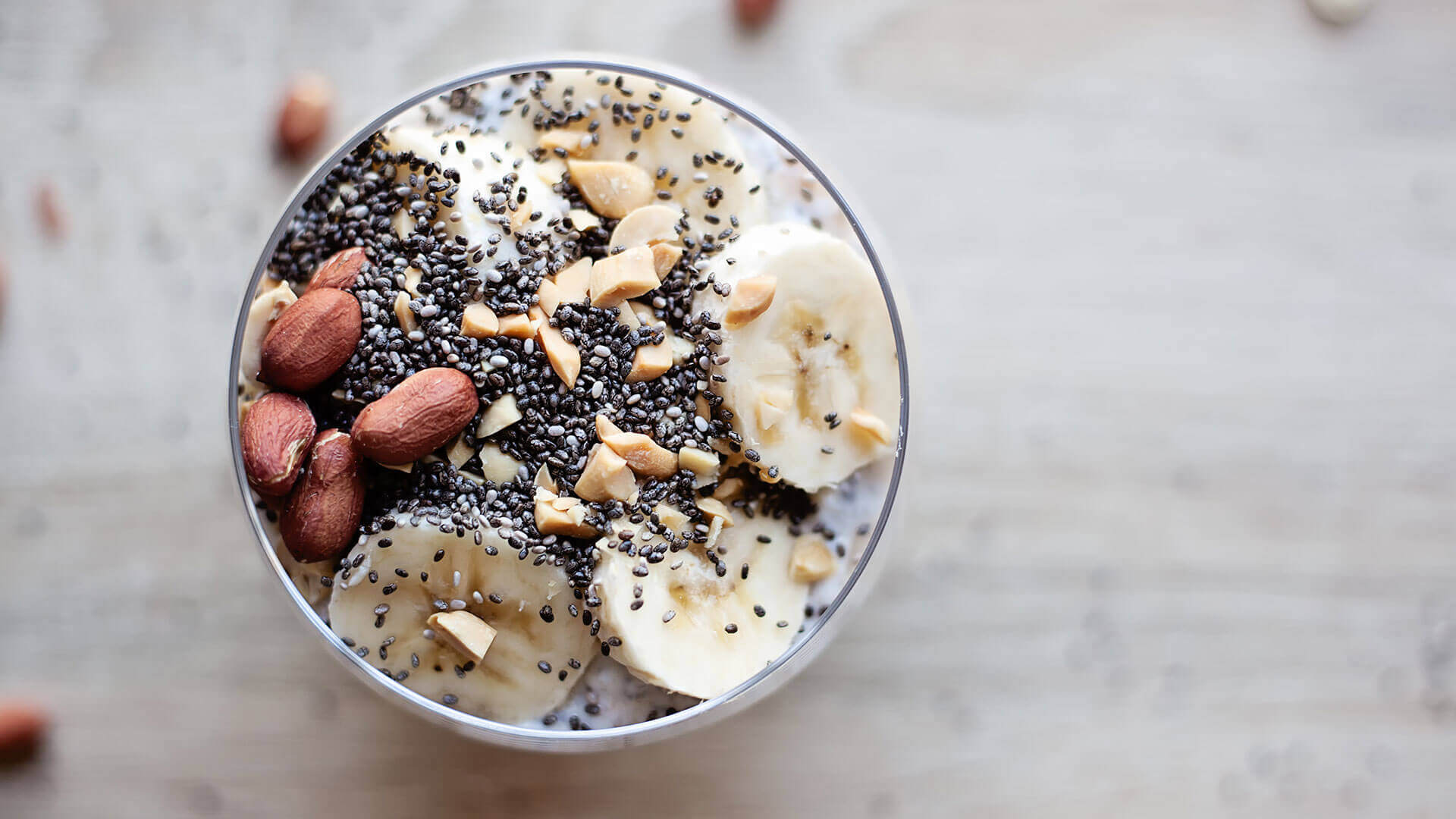

Do you like this post? Share it with friends: